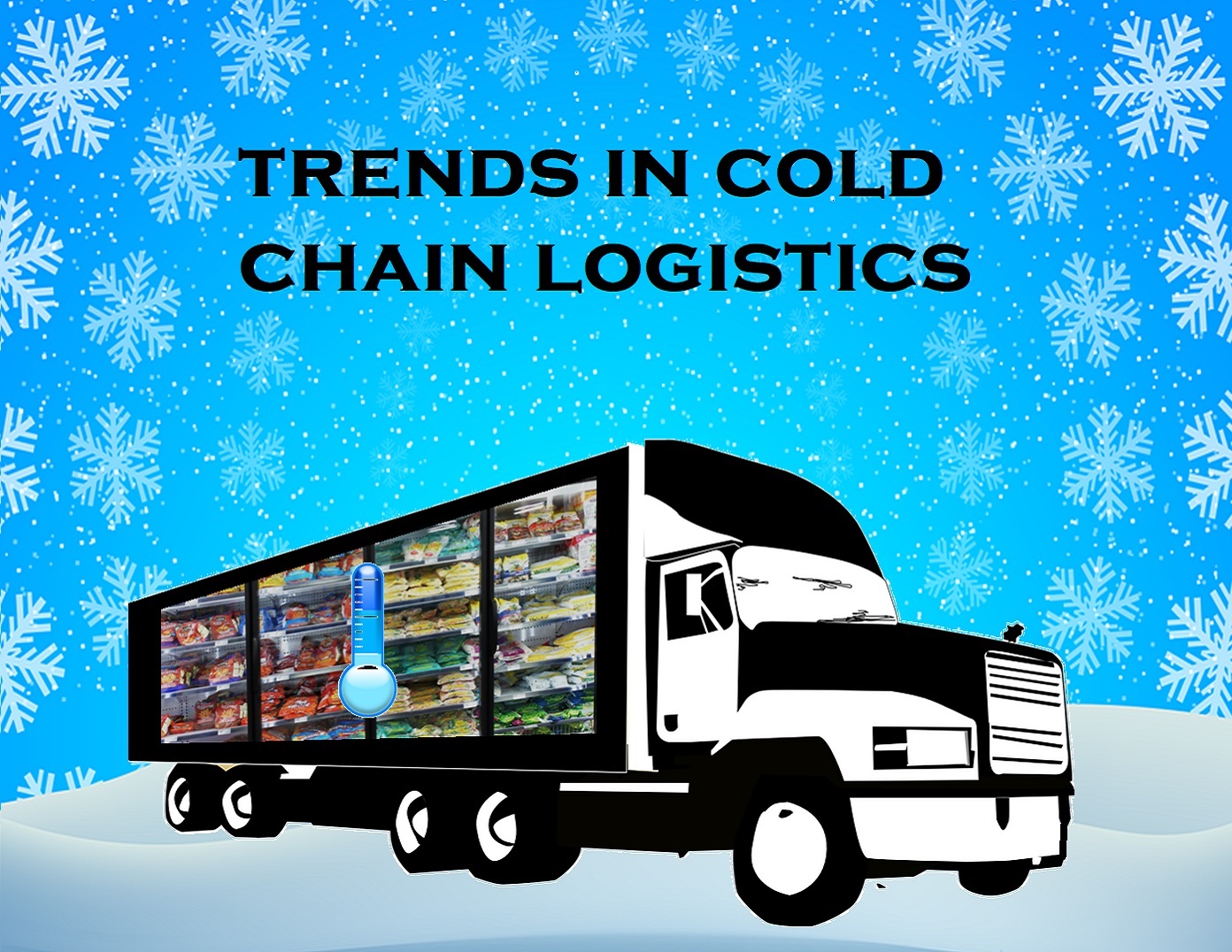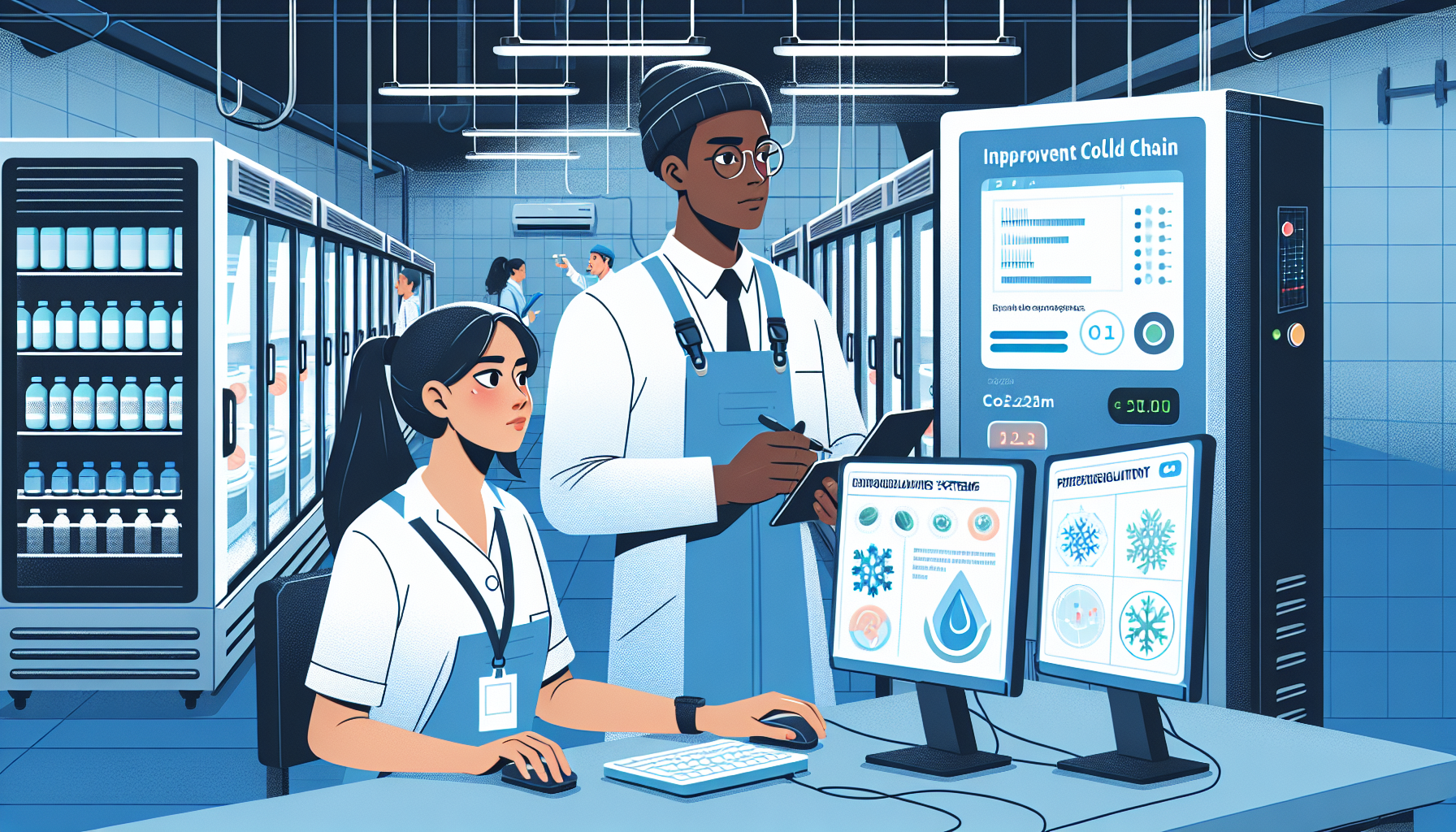 ## Improving Compliance in Cold Chain Systems with Real-Time AI Monitoring
## Improving Compliance in Cold Chain Systems with Real-Time AI Monitoring
Upholding strict temperature regulations is crucial in cold chain logistics. The preservation of perishable items, such as food and pharmaceuticals, relies on meticulous temperature management throughout the supply chain. Nevertheless, conventional monitoring techniques frequently prove inadequate, creating vulnerabilities that can result in spoilage, financial setbacks, and breaches of regulations. This is where real-time AI monitoring becomes pivotal, acting as a transformative solution in enhancing cold chain compliance.
The Demand for Advanced Cold Chain Monitoring
Cold chain logistics encompasses a complex, multi-phase process that includes transportation, storage, and distribution under regulated temperature conditions. As reported by the Food and Agriculture Organization (FAO), roughly 14% of the world’s food is lost between harvest and retail because of ineffective cold chain management. Likewise, the World Health Organization (WHO) notes that nearly 50% of vaccines globally are wasted annually due to failures in temperature control. These statistics highlight the necessity for dependable monitoring solutions that deliver real-time insights and swift response capabilities. Traditional monitoring approaches, reliant on intermittent checks and manual data entries, fail to ensure compliance with stringent regulatory mandates. Enter AI-driven real-time monitoring, which provides an advanced methodology for cold chain oversight.
The Mechanism of Real-Time AI Monitoring
Real-time AI monitoring utilizes cutting-edge technologies like Internet of Things (IoT) sensors, machine learning algorithms, and big data analytics to furnish ongoing, automated supervision of temperature-sensitive products. Here’s how these elements work together to bolster cold chain compliance:
IoT Sensors
Strategically deployed throughout the cold chain, these sensors continuously monitor temperature, humidity, and other environmental factors. They relay data in real-time to a central monitoring platform.
Machine Learning Algorithms
Machine learning algorithms process the vast quantities of data collected by IoT sensors. They identify patterns, foresee possible failures, and activate alerts for irregular occurrences and deviations from established parameters.
Big Data Analytics
Big data analytics tools analyze and interpret the data, delivering actionable insights and comprehensive reports. This technology allows stakeholders to make informed choices and proactively maintain compliance.
Advantages of Real-Time AI Monitoring
Adopting real-time AI monitoring in the cold chain presents a multitude of advantages:
Enhanced Accuracy and Precision
AI algorithms analyze data with a level of accuracy and precision far surpassing human abilities. This progress ensures immediate detection of even the smallest deviations from the ideal temperature range, enabling prompt corrective measures.
Predictive Maintenance
Through the analysis of historical data, AI can foresee potential equipment faults before they arise. This anticipatory approach to maintenance minimizes downtime and averts temperature excursions that could jeopardize product integrity.
Regulatory Compliance
Real-time monitoring systems can automatically produce compliance documentation, ensuring adherence to all regulatory standards. This method streamlines audits while improving transparency and traceability across the supply chain.
Cost Savings
Preventing spoilage and decreasing waste results in substantial cost reductions. Incorporating AI and IoT technologies into supply chain operations can lower operational expenses and boost efficiency.
Improved Product Quality
Consistent temperature regulation guarantees that perishable items maintain their quality from origin to consumer. This is especially vital in the pharmaceutical sector, where the effectiveness of vaccines and treatments relies on strict temperature maintenance. Among the 57 new drugs approved by the FDA, 49% were temperature-sensitive, and 23% required refrigeration at two to eight degrees Celsius.
Practical Application of AI Monitoring in Cold Chain Management
Unilever has incorporated AI and image capture technology into 50,000 freezers to oversee stock levels, streamline order processes, and notify stores when replenishment is needed. This advancement has boosted retailer sales by 15-35% and yielded valuable data for targeted promotions and market analysis. Unilever, which manages around 3 million freezers worldwide, also employs this technology in its vending machines at gas stations and universities. These AI-equipped devices open upon payment and adjust charges based on customer choices. Additionally, Unilever’s e-commerce app — utilized by 40% of retail partners — enhances the AI freezers by facilitating orders, payments, and stock tracking.
The Future of Cold Chain Compliance
As AI technology further develops, its use in cold chain logistics is anticipated to grow. Future innovations may encompass improved predictive capabilities, automated corrective actions, and deeper integration with blockchain technology to enhance transparency and traceability. Exploring the potential of real-time AI monitoring in cold chain logistics offers a distinct opportunity to drive innovation and elevate industry standards. By embracing advanced monitoring solutions, businesses can enhance compliance, achieve substantial cost savings, and guarantee the delivery of top-quality products to consumers. Embracing real-time AI monitoring transcends mere technological enhancement — it represents a strategic advancement toward a more resilient and efficient cold chain.
Conclusion
The incorporation of real-time AI monitoring in cold chain systems signifies a groundbreaking progression in logistics management. By utilizing IoT sensors, machine learning algorithms, and big data analytics, enterprises can ensure compliance and quality control while realizing significant cost savings and operational efficiency. As technology continues to advance, the cold chain sector stands to gain from even more remarkable innovations, making real-time AI monitoring an indispensable element of future logistics strategies.
Frequently Asked Questions
Q1: What is cold chain logistics?
A1: Cold chain logistics denotes the process of transporting and storing temperature-sensitive items under regulated conditions to preserve their quality and integrity. This is essential for products such as food and pharmaceuticals, which may spoil or lose their effectiveness if not maintained at appropriate temperatures.
Q2: How does real-time AI monitoring enhance cold chain compliance?
A2: Real-time AI monitoring boosts compliance by delivering continuous oversight via IoT sensors, machine learning algorithms, and big data analytics. These technologies facilitate immediate detection of temperature deviations, predictive maintenance, and automated compliance reporting, ensuring strict adherence to regulatory standards.
Q3: What are the advantages of employing IoT sensors in cold chain management?
A3: IoT sensors provide real-time monitoring of environmental factors, including temperature and humidity. They enable continuous data relay to a central system, allowing for instant action in the event of deviations, thereby preventing spoilage and preserving product quality.
Q4: In what way can predictive maintenance minimize costs in cold chain logistics?
A4: Predictive maintenance employs AI to examine historical data and anticipate equipment malfunctions ahead of time. This forward-looking approach reduces downtime, mitigates product loss due to temperature fluctuations, and lowers repair expenses, resulting in overall cost efficiencies.
Q5: What advancements can be expected in cold chain technology in the future?
A5: Future cold chain technology advancements may include refined predictive analytics, automated corrective actions, and integration with blockchain technology to enhance transparency and traceability, further optimizing logistics management.